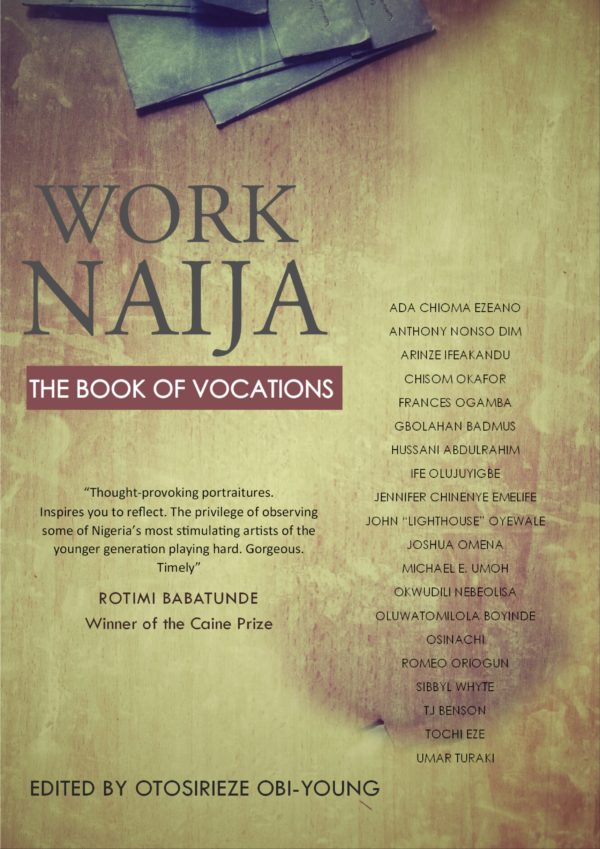
On 30 June, we published Work Naija: The Book of Vocations, an anthology of writing and visual art that explores the idea of work. Edited by Otosirieze Obi-Young and introduced by Rotimi Babatunde, it is the second anthology in the Art Naija Series. We are republishing a few pieces from it. Here is John “Lighthouse” Oyewale’s essay, “The Photographer as an Osprey.”
*
IF NATURE were to bestow on the stories of our lives the privilege of a reverse narrative, so that we could re-enter our mothers’ wombs and be reborn, but reborn this time as animals, then the one who works as a photographer now would be reborn as an osprey. Or as a hawk. Or as an eagle. As a bird of prey.
And why is that? Because—and perhaps this is the most important feature—no one could have keener eyes than the photographer—not the photographer who is one out of necessity or choicelessness; not the one who, a ship in distress, cast herself onto the profession because it was the first port sighted during the cloudburst and storm (to such, that port might as well have been carpentry, or shoemaking, or knitting and sewing)—no, not those kinds, but the one who is called, who is born so and, as she grows, realises that whatever else she is growing into, she is growing into photography. Not going into, but growing into.
Consider the following ‘sweet nothings’: an Alsatian dog sitting sentinel high up on the steps of a gatehouse standing on concrete pillars; diamonds that, in reality, are dewdrops scattered on leaves or hanging from the needle-like leaves of gingkos or pines; a rainbow in the sky; the ochre road to the vanishing north; at evening, a polished brown horse grazing on the verge by the highway; at night, a frog in mid-leap; on an evening in September, a russet leaf in mid-fall; an egret in flight; an east-to-west lightning flash; a sparrow on the pinnacle of a house; a three-toed sloth hugging a lichen-encrusted tree bole; market people mid-haggling; an assassin pointing ceilingwards in a dubious sort of victory, the murdered lifeless at his feet, the rest of the conference attendees cowering in a corner; a bright-headed lizard on the edge of a wall; a tendril peeping over a wall; beams of light fanning out through gaps in open windowpanes; a man and his dog taking a nap under a pedestrian bridge; the wisps rising from a just-burnt-out or just-extinguished matchstick; a cobbler at work, bent over a sandal; a girl, her head wrapped about, her eyes firing at the world barbs of pleas and rebuke; a girl laughing, leaning on her brother’s shoulder, as they share a funny story with a friend; a circle of children playing, chanting Who stole the meat from the chicken pot?; fountains of bamboos; the thousands of suns that are sunflowers in October by the highway through nowhere….
Only the one born to be a photographer would notice these things. Observation matters—especially observation of the things that the eyes of many would miss. “Fortunate,” wrote Virgil, “is the one who can see into the meaning of things.” Things being vials of augury sitting in the shadows in the laboratory that is the world.
It is not enough to see things: one must see into the meaning of things. One must make meaning of the things that they see, and see into the meaning in the hope of extracting portents and directions from them. Meaning is supercoiled in things photographed. It is not always the case that the things photographed are eye-catching: what makes them so are the meanings they hold. Light rays from these things go through the lens of the eyes, hit the retina, messages bounce off and then run through the optic nerves, and then there is an interpretation of the object from which the light rays first came off, which interpretation is the image. But that is only the beginning. And there is immediacy about the beginning, the capturing of the image, the freezing of a particular action that, though striking, is fleeting, is in danger of disappearing, of being lost forever—rather like the capturing of slippery, evasive fish by the osprey’s reversible toes. The keen eyes of the photographer are made not to miss the immediacy. Eudora Welty was right: “A good snapshot keeps a moment from running away.” As was Hannah More: “The keen spirit seizes the prompt occasion.” As is Salman Rushdie in his novel The Ground beneath Her Feet: “A photograph is a moral decision taken in one eighth of a second.”
Later, in the quiet that follows, we then see that all photographers are equal but some are more equal than others, if you like: for then, the keen photographer is not done, but begins, in the dark where meanings are born, to interpret the image, begins to open the vials seen, and in time records the interpretation in the form of a brief story, a brief essay, accompanying the photograph.
And yet she knows, as the photographer Diane Arbus knew, that “a picture is a secret about a secret, the more it tells you the less you know.”
DOWNLOAD: Work Naija: The Book of Vocations
About the Author:
John “Lighthouse” Oyewale’s works are in What’s On Africa, Short Story Day Africa, ITCH, Sankofa, the anthology Enter Naija: The Book of Places, among others. A short story of his was longlisted for the 2017 Writivism Short Story Prize. In February, 2017, he, alongside 28 other African writers, was selected as a Writivism Creative Writing Programme mentee. An alumnus of the British Council, Ake Arts and Books Festival, and Goethe-Institut creative writing workshops, he now serves as fiction editor at Praxis Magazine for Arts and Literature.


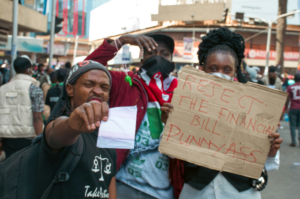
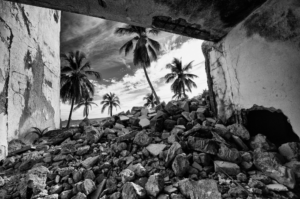
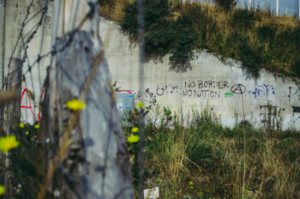
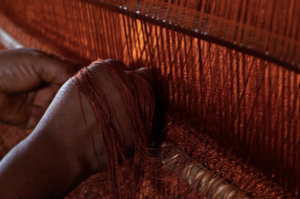
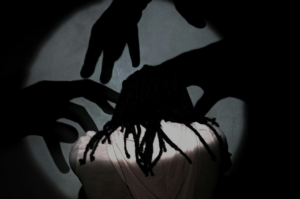
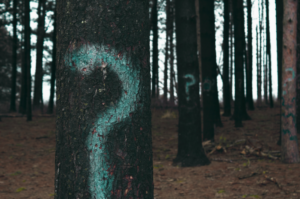

Sherif October 09, 2017 11:07
Poetically written and beautifully thought, i would most surely be back for a refill on the awesomeness.